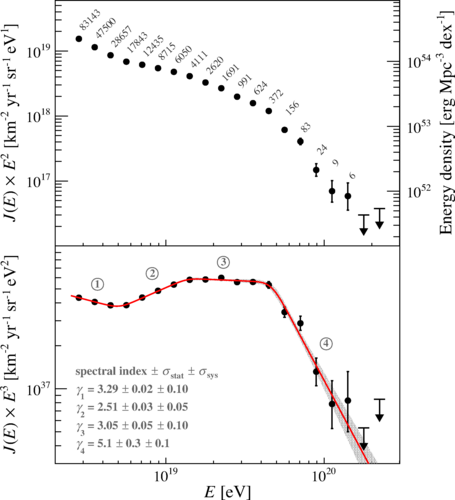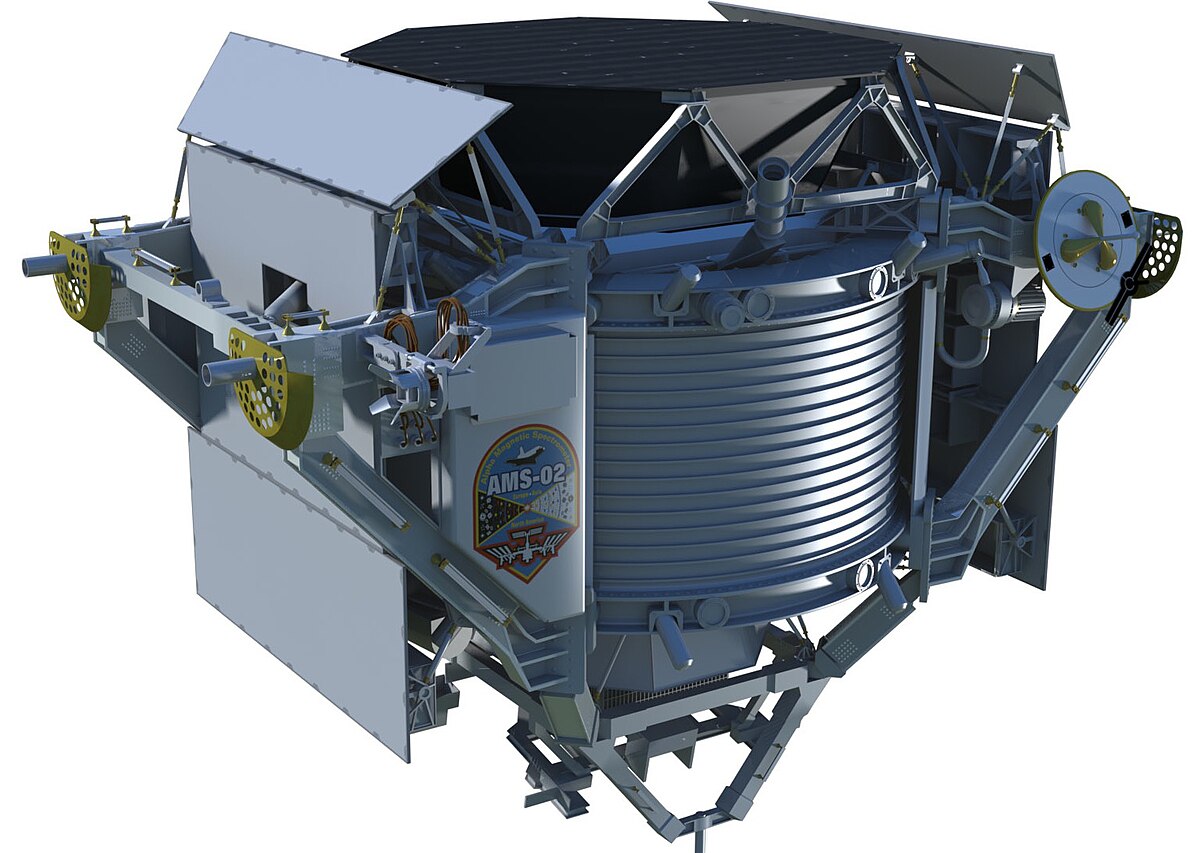Cosmic Rays: The Universe’s Invisible Architects
Table of Contents
- Introduction
- What Are Cosmic Rays?
- Origin of Cosmic Rays
- Impact on Earth
- Cosmic Rays and the Universe
- Detecting Cosmic Rays
- Frequently Asked Questions
- Conclusion
Introduction
Cosmic rays are one of the most mysterious and fascinating phenomena in the universe. These high-energy particles travel through space at nearly the speed of light, bombarding everything in their path, including our planet. Despite being invisible to the naked eye, cosmic rays play a crucial role in shaping the universe and influencing various cosmic processes.

NASA/ESA/JHU/R.Sankrit & W.Blair
In this article, we will delve into the nature of cosmic rays, their origins, their impact on Earth, and their significance in the broader context of the universe. We will also explore how scientists detect these elusive particles and what we can learn from them.
What Are Cosmic Rays?
Cosmic rays are high-energy particles that originate from outer space. They primarily consist of protons, but also include heavier atomic nuclei and electrons. These particles travel across the universe at nearly the speed of light, carrying immense energy.

Pierre Auger Colaboration
The term “cosmic rays” can be misleading, as they are not rays of electromagnetic radiation like X-rays or gamma rays, but rather particles. Their high energy allows them to penetrate deep into the Earth’s atmosphere and even into the Earth’s surface.
Origin of Cosmic Rays
The origin of cosmic rays is a subject of ongoing research and debate. It is believed that they are produced by various astrophysical processes, including supernova explosions, active galactic nuclei, and the interactions of particles in interstellar space.

NASA/CXC/Rutgers/J.Warren & J.Hughes et al.
Supernovae, the explosive deaths of stars, are thought to be a significant source of cosmic rays. These explosions release vast amounts of energy, accelerating particles to high speeds. Similarly, active galactic nuclei, the energetic centers of galaxies, can also accelerate particles to cosmic ray energies.
Impact on Earth
Cosmic rays have a profound impact on Earth and its atmosphere. When they collide with molecules in the Earth’s atmosphere, they create showers of secondary particles, including muons, neutrinos, and gamma rays. These secondary particles can affect the Earth’s climate and play a role in cloud formation.
Moreover, cosmic rays contribute to the natural background radiation on Earth, which can have implications for biological processes and technological systems. For instance, they can cause errors in electronic devices and pose a risk to astronauts in space.
Cosmic Rays and the Universe
Cosmic rays are not just a local phenomenon; they are a critical component of the universe’s structure and evolution. They influence the dynamics of interstellar and intergalactic space, contributing to the heating and ionization of gas clouds, which can trigger star formation.
Furthermore, cosmic rays can affect the chemical composition of galaxies by breaking down molecules and altering the abundance of elements. This process, known as cosmic ray spallation, plays a role in the synthesis of light elements like lithium, beryllium, and boron.
Detecting Cosmic Rays
Detecting cosmic rays is a challenging task due to their high energy and the vast distances they travel. Scientists use a variety of methods to study these particles, including ground-based observatories, balloon-borne detectors, and space-based instruments.

Lorenzo Caccianiga
Ground-based observatories, such as the Pierre Auger Observatory in Argentina, use large arrays of detectors to capture the showers of secondary particles created when cosmic rays strike the Earth’s atmosphere. Space-based instruments, like the Alpha Magnetic Spectrometer on the International Space Station, directly measure cosmic rays in space.

NASA
Frequently Asked Questions
What are the primary sources of cosmic rays?
Cosmic rays primarily originate from supernova explosions, active galactic nuclei, and other high-energy astrophysical processes. These events accelerate particles to high energies, allowing them to travel across the universe.
How do cosmic rays affect human technology?
Cosmic rays can cause errors in electronic devices, particularly those in space or at high altitudes. They can also pose a risk to astronauts by increasing their exposure to radiation. Engineers must design systems to mitigate these effects, especially for space missions.
Conclusion
Cosmic rays are a fascinating and enigmatic aspect of our universe. They play a significant role in shaping the cosmos, influencing everything from star formation to the chemical composition of galaxies. Despite their invisibility, they have tangible effects on Earth and human technology.
Understanding cosmic rays not only helps us learn more about the universe but also prepares us for future challenges in space exploration and technology development. As research continues, we are likely to uncover even more about these invisible architects of the universe.
For those intrigued by the mysteries of the cosmos, exploring the role of cosmic rays offers a glimpse into the dynamic and interconnected nature of the universe. To stay updated on the latest discoveries, consider subscribing to our newsletter or exploring related topics on our website.

NASA
